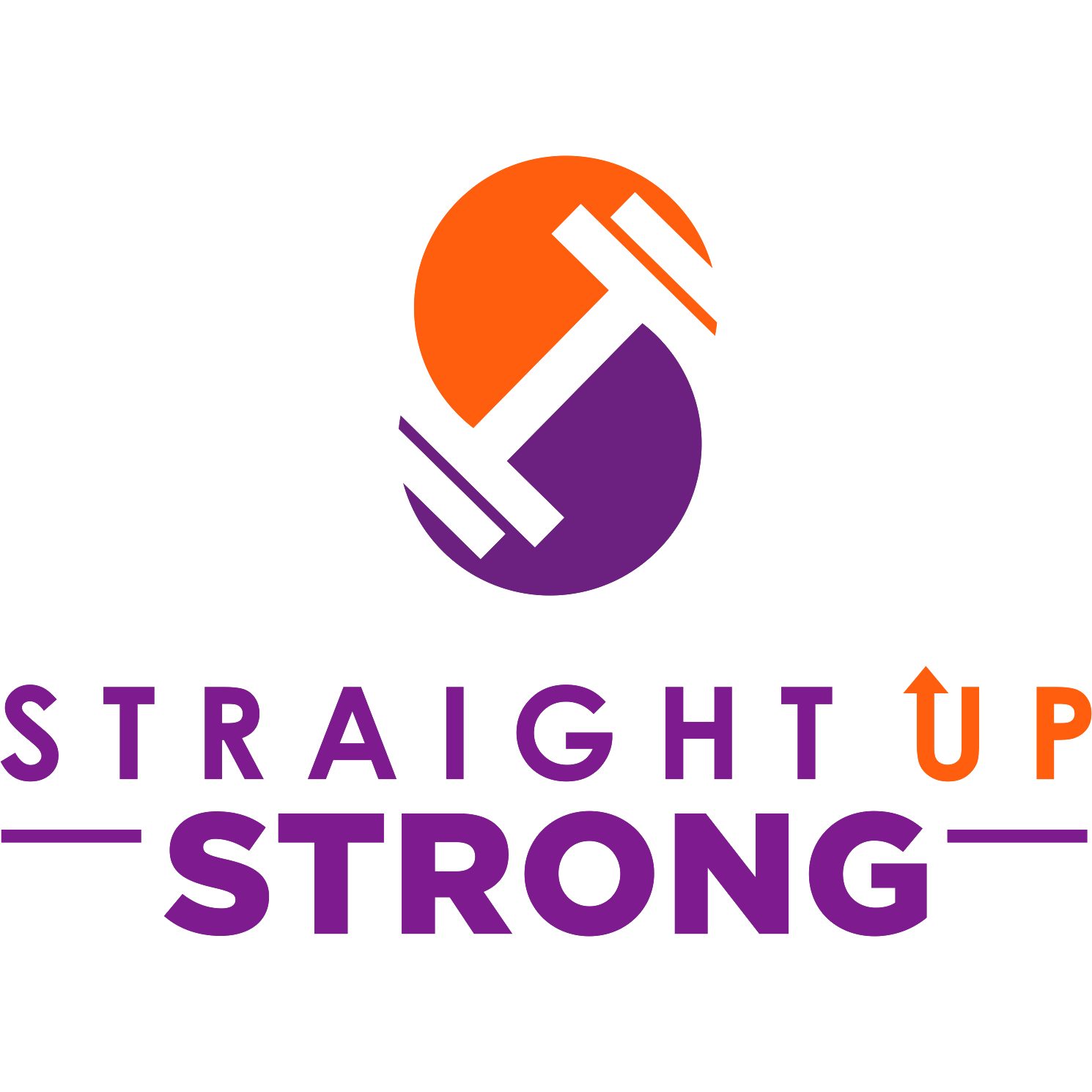The Most Undervalued Core Exercise: the Dead Bug
The dead bug! An incredibly underestimated and devalued (by many!) exercise for the core, is often poo-pooed for being “too easy” and not “hard core enough”. But what I’ve found, is that many doing the poo-pooing of this exercise that targets the transverse abdominis, pelvic floor, and erector spinae muscle group that are deeper in our core and help us stabilize, are actually performing the exercise without intention and missing a critical piece of the “form” of the exercise: ensuring the lower back is pressed towards the floor throughout the movement. The other tweak that can be made is to move slowly and with intention - when we rush, we are likely to lose the pelvic tilt and connection to your core, which is why it can feel too easy for many.
This exercise is incredibly accessible for most folks as there are a plethora of variations to challenge you where you are at with core strength. Starting your training session, on the floor, on your back is also a wonderful entry point as you and your nervous system feel safe and stable!
Since the dead bug supports us in increasing core strength and stability, it also allows us to connect to our core which is important for other movements that we do in our training sessions and everyday lives such as squatting, hinging, pressing and pulling.
So, how do you set up the dead bug?
Lie on your back and tilt your pelvis so that your lower back is pressed towards the floor. You are looking for a neutral spine and should feel your core muscles engage with this pelvic tilt.
With bent knees, lift legs up so knees are stacked over your hips and knees are 90 degrees. press arms up, in a straight line from shoulders up towards the ceiling. Shoulders should be retracted down towards the floor and out of your ears. Remember, keep that pelvic tilt. This in itself might be a challenge for you to engage your core. If so, practice taking deep belly breaths in and out while maintaining the neutral spine for 6-10 breaths.
The next step is to practice heel drops. With legs still in the bent position and lower back continuing to be pressed towards the floor, alternate dropping your heels to the floor and returning to start position. Inhale as you lower the heel and exhale as you return to start. Start with 5-8 reps on each side (total of 10-16 reps) and explore how that feels for you and your body.
Next, try with straight legs.
Then try with arms only.
When ready, explore this movement by extending the opposite arm and opposite leg away from the body (don’t forget that neutral spine!). This DOES require coordination so try to be patient with yourself and give yourself grace as you practice! The brain-body connection is important for our everyday lives too!
Once you are able to complete 2-3 sets of 30 total reps of this movement, it will be time to explore some advanced variations of this movement such as adding resistance with a band or kettlebell! Also, once the basic variations described above feel less challenging, this exercise can be adjusted from your programming as a “main lift” to part of your warm up or as an active recovery movement to complement a lift/exercise that is very challenging for you in the main portion of your strength workout.
Be sure to checkout the video tutorial below and subscribe to our YouTube channel for more fitness and nutrition tips and even full workouts!
———————————————————-
Interested in getting started with working out from home but are not sure where to start? Check out our free Strong at Home Guide HERE! This downloadable e-book provides 10+ full workouts that can be done at home with video exercise tutorials and a sample workout calendar to get you started! Let’s get lifting!

